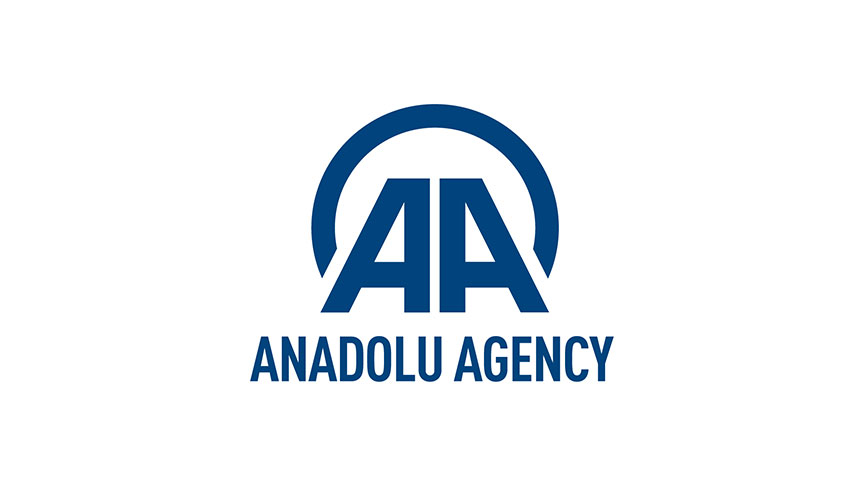- The Writer holds an MSc from Creighton University and is a PHD candidate in the Turkish National Police Academy
Concerns of a U.S. shale oil boom from the continual weekly rise in the U.S. Baker Hughes rig counts over the past year have offset oil price increases after a two-week rally which resulted from the possibility of prolonging the OPEC and non-OPEC oil curb deal. Ultimately, these concerns were gradually realized through production rises in the Energy Information Administration (EIA) weekly reports of U.S. crude production.
Oil markets last week will be reviewed based on the U.S. dollar index, weekly American Petroleum Institute (API) and Energy Information Administration (EIA) crude oil inventories, and the weekly U.S. Baker Hughes rig count.
Brent oil began the week beginning April 17 with a decline to $55.36 due to profit liquidation of oil market players after a two-week price rally and the rise in the U.S. Baker Hughes rig count from the previous week, despite the decrease in the U.S. dollar index. Thereafter, oil prices fell further to $54.89 despite the decrease in U.S. oil inventories of 0,840 million barrels compared to 1,300 million barrels from the previous week as reported in the weekly API report on Tuesday and with a further dive in the U.S. dollar index.
Subsequently, with the increase in the U.S. dollar index on Wednesday, oil prices sharply declined to $52.93 although a decrease in U.S. oil inventories of 1,034 million barrels compared to 2.166 million barrels from the previous week was reported in the weekly EIA report.
Even though oil prices slightly increased to $52.99 on Thursday despite the decrease in the U.S. dollar index, it settled at $51.96 at the end of the week due to the increase in the U.S. dollar index and a five rig count rise in the weekly U.S. Baker Hughes data.
In brief, although the U.S. dollar index was relatively weak last week, oil prices declined since the oil supply cut as per the OPEC and non-OPEC oil curb deal with high conformity levels failed to remove the global oil glut so far. The decline in oil inventories in developed countries such as the U.S. was not significant enough to greatly impact a price increase.
Furthermore, U.S. oil production has been gradually rising since OPEC and non-OPEC’s oil cut agreement on November 2016 with output then of 8,697 thousand barrels per day which climbed to 9,252 thousand barrels per day for the week ending April 4, according to the EIA weekly U.S. field production of crude oil report. Such a rise is almost equal to the 558 thousand barrels per day that non-OPEC members pledged in the agreement.
Considering the trajectory of crude output, OPEC and non-OPEC members should extend their agreement for another six months after June 2017 if they genuinely want Brent oil to reach $60 per barrel. Moreover, they would need to cut more oil production in May 2017 to realize this price target. In such a case, Russia, the leader of non-OPEC in the current agreement, would keep a production pledge of 300 thousand barrels per day, but Saudi-led OPEC’s production would be required to further cut production more.
To enable further oil price increases and for a balance in the oil markets, the currently high oil inventories in developed countries would need to decrease through global oil supply cuts since it is unlikely to see a large boost in oil demand with a strong U.S. dollar.
Last week, Brent oil prices failed to maintain prices over $55 or even over $53, therefore, downside risks are still evident. Prices over $53 this week are important for further increases, and if this is not sustainable, a decline down to $50 could be seen.
- Opinions expressed in this piece are the author’s own and do not necessarily reflect Anadolu Agency's editorial policy.


